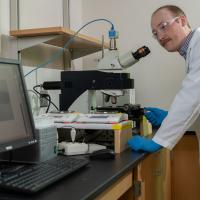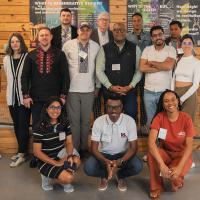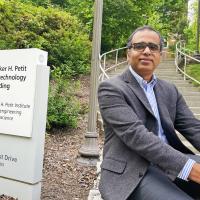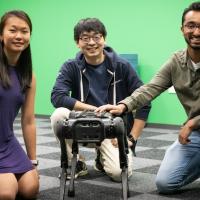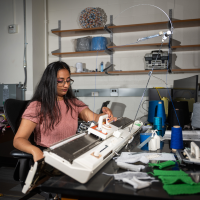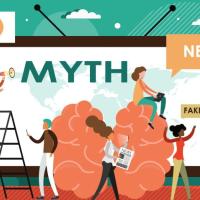3 min read
While most treatments for cardiac events target breaking down blood clots, Georgia Tech researchers have found a way to prevent blood clots from even forming.
5 min read
Entrepreneurs are on campus to learn how to scale and develop viable ecosystems for startup success.
6 min read
Georgia Tech researchers Vidya Muthukumar and Eva Dyer are leading a multi-institutional project to develop a theory for data augmentation, aiming to improve the generalization and fairness of AI systems.
5 min read
Researchers at Georgia Tech have developed a method using nanowires to deliver miRNA to T-cells, preserving their naïve state and significantly enhancing their effectiveness in adoptive T-cell therapy for fighting infections and potentially cancer.
6 min read
Georgia Tech researchers are developing sustainable ocean shipping solutions to meet global emissions targets through eco-friendly fuels, optimized supply chains, and life-cycle assessments.
5 min read
Georgia Tech and KSU faculty are putting a collaborative AI system they’ve developed to the ultimate test: the world’s first collaborative AI dance performance.
4 min read
Yokoyama presented a new framework for semantic reasoning for robots at the IEEE International Conference on Robotics and Automation, where he won best paper in the Cognitive Robotics category.
2 min read
New research from Georgia Tech suggests that while knowing an auditor doesn’t guarantee a commercial loan, loan officers are more likely to deny loans to companies that have auditors with poor reputations.
4 min read
The researchers have taken the age-old technical know-how of knitting and added mathematical backing to it.
2 min read
New analysis from Georgia Tech indicates that a phenomenon known as social correction may help to counter false and misleading onloine claims.

